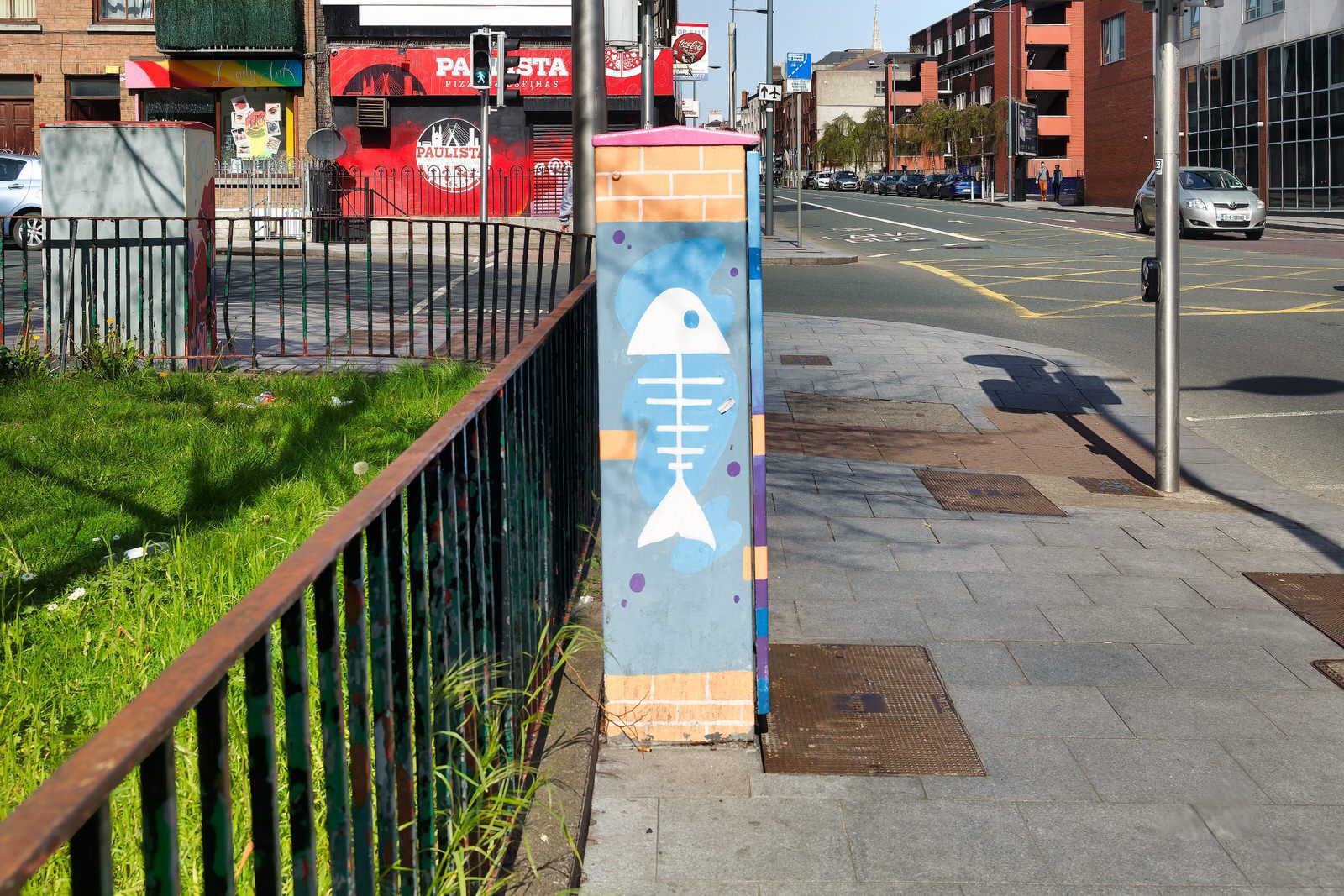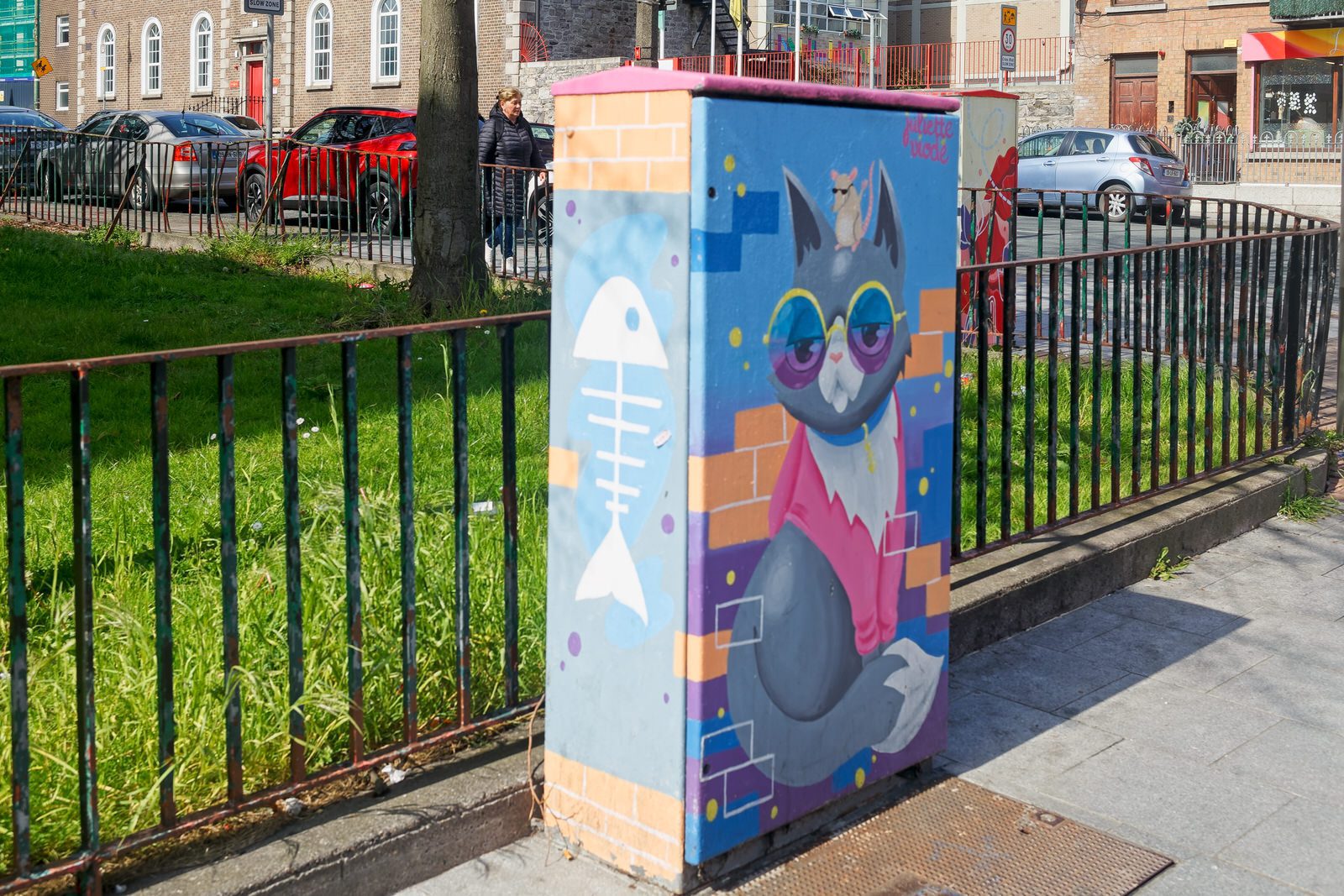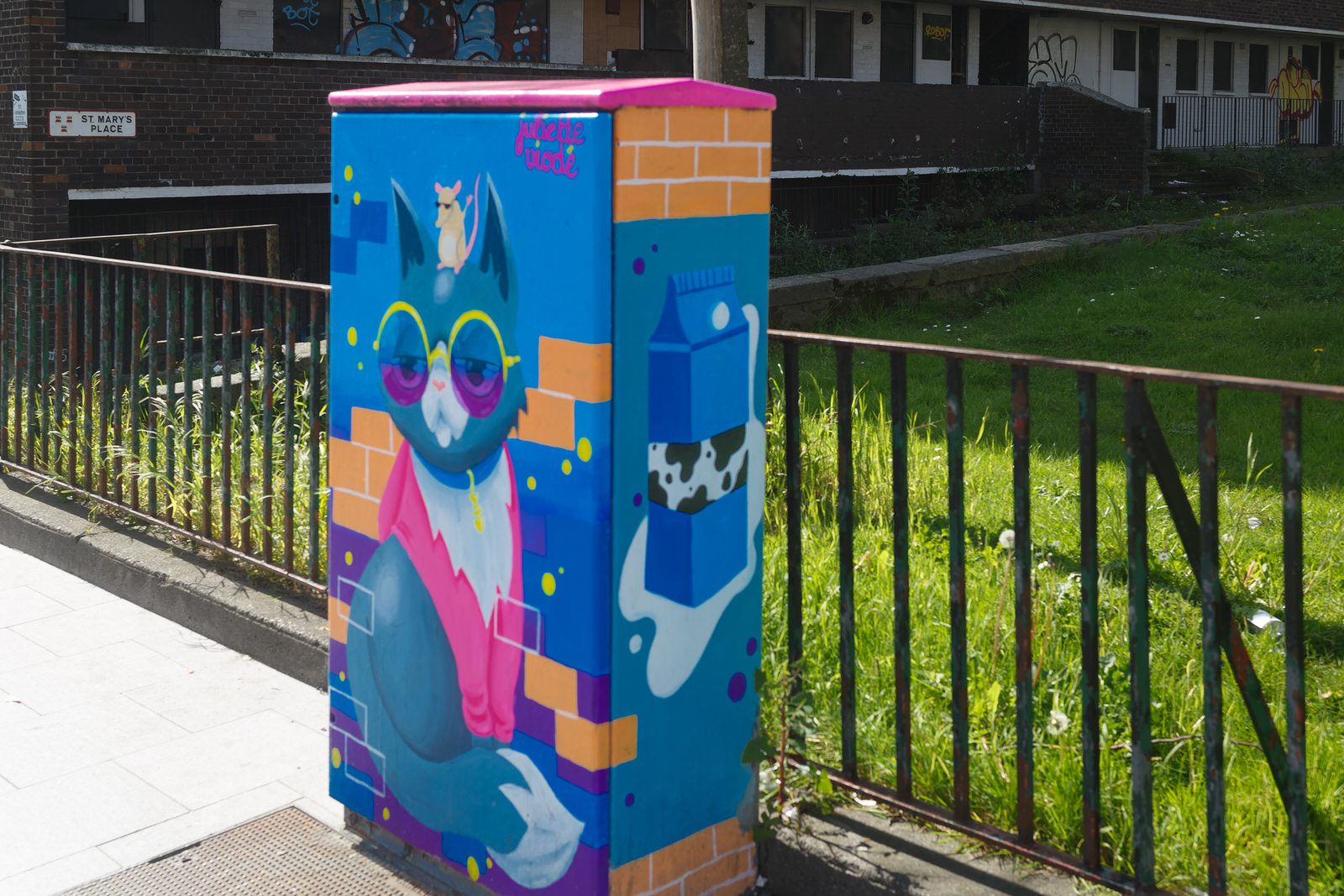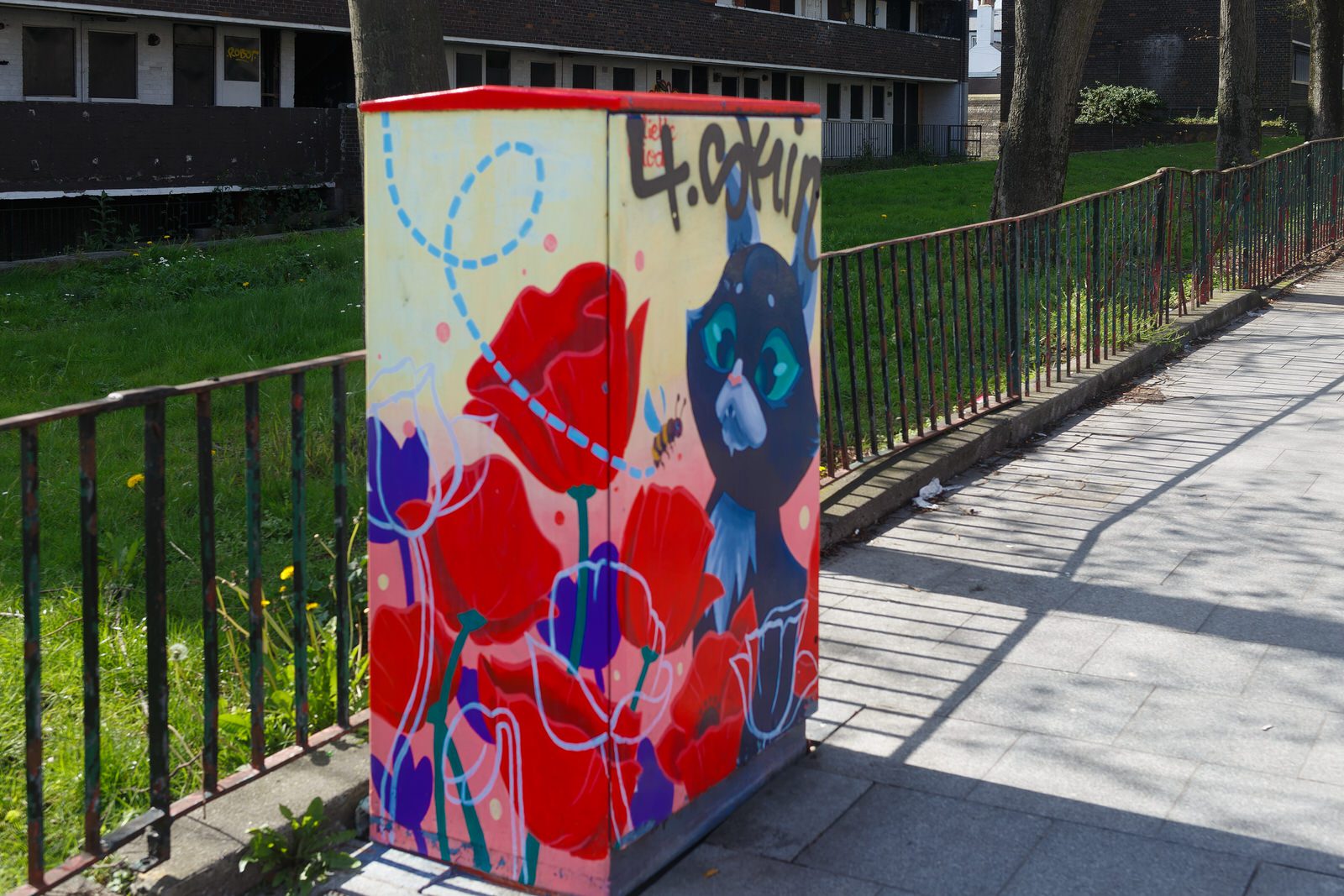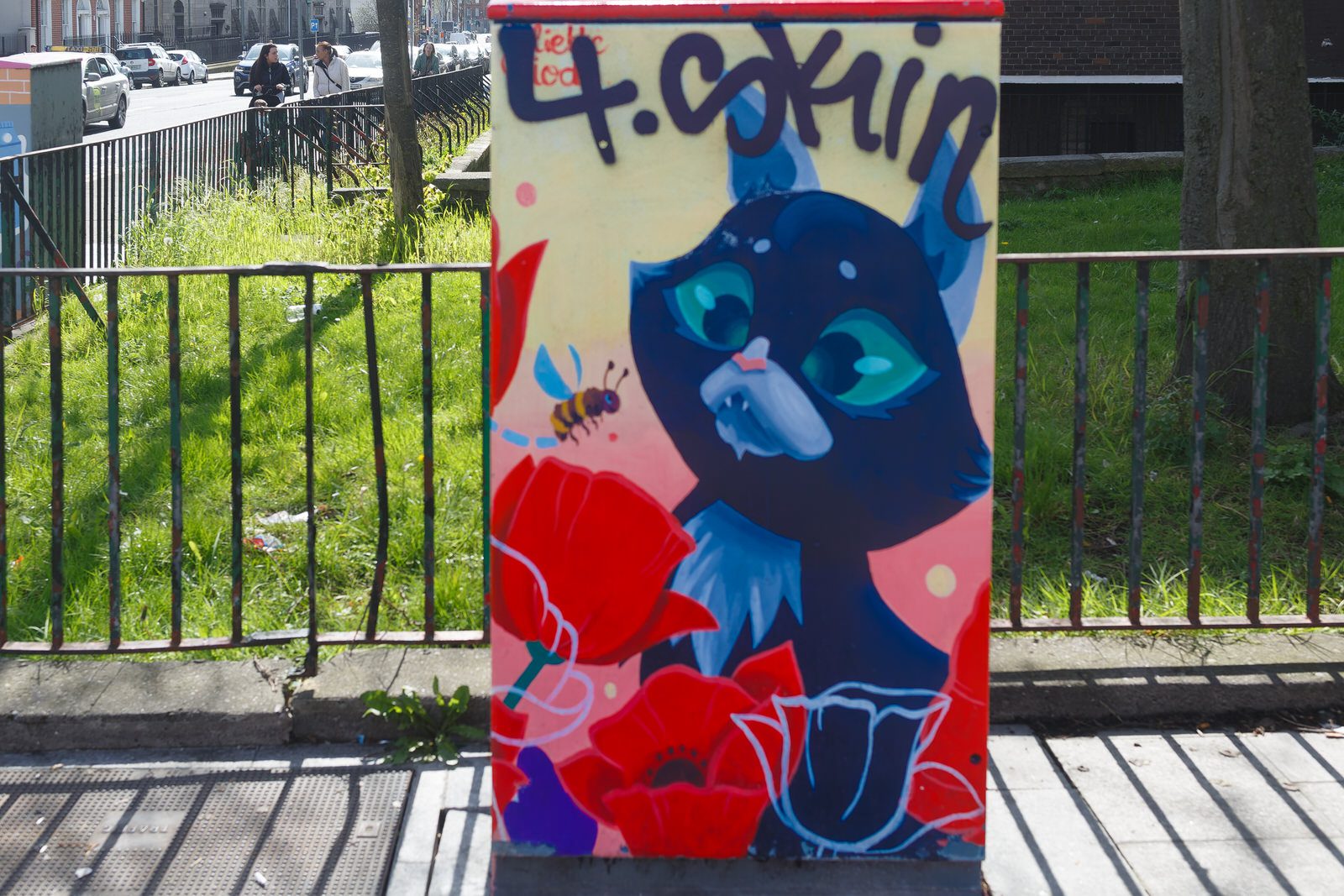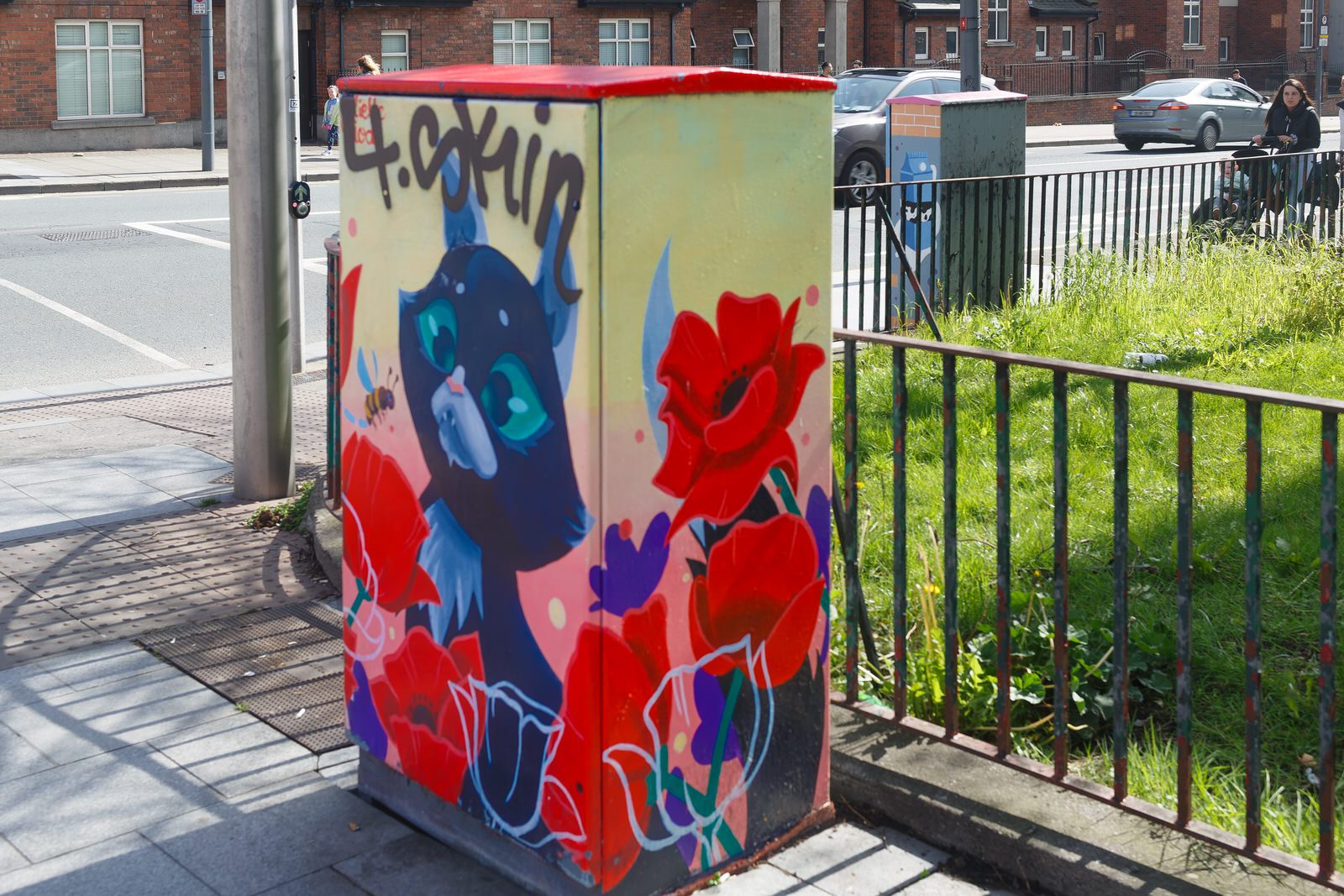PHOTOGRAPHED 13 APRIL 2025
Magical new artwork ‘Full Moon’ by Spanish artist Sara Maneiro Rey @sarosky.studio Artwork located at Winetavern Street/Cook Street @thelibertiesdublin 8.
There Is Much To See Here
by infomatique
by infomatique
![LOST CAT [COULD BE BY ASBESTOS]-231073-1](https://excellentstreetimages.com/HeadlessUrbanExpression/wp-content/uploads/2024/04/LOST-CAT-COULD-BE-BY-ASBESTOS-231073-1-150x150.jpg)
LOCATED ON ORMOND QUAY
![LOST CAT [COULD BE BY ASBESTOS]-231073-1 LOST CAT [COULD BE BY ASBESTOS]-231073-1](https://excellentstreetimages.com/HeadlessUrbanExpression/wp-content/uploads/2024/04/LOST-CAT-COULD-BE-BY-ASBESTOS-231073-1-1422x1067.jpg)
Asbestos: From ‘Lost’ Posters to Urban Iconography
Asbestos, the Dublin-based street artist, has captured the city’s imagination and beyond for nearly two decades. His journey reveals a fascinating evolution, a deepening exploration of themes like identity, memory, and the social fabric of urban life.
Early Days and the Power of the “Lost”
Asbestos first emerged in the early 2000s with his iconic “Lost” poster and sticker series. These stark, text-based designs featured descriptions of seemingly mundane lost objects: a single key, a glove, a crumpled photograph. They were deliberately enigmatic, inviting passersby to consider the stories behind these lost fragments and the hidden narratives that exist within our everyday surroundings.
Beyond their visual impact, the “Lost” series created a sense of participation. People who found a poster or sticker often reached out to the artist, becoming collaborators in a city-wide performance. This interactive element highlighted Asbestos’s ability to transform the urban environment into a shared creative space.
Evolving Themes: Identity and Social Commentary
Asbestos’s work gradually broadened to include mixed-media portraiture. Often featuring masked figures, these portraits explored the concept of identity – the masks symbolising both concealment and an exploration of multiple selves. The artist’s personal narrative is also intertwined here, referencing the car bomb that went off near his mother before his birth. The portraits became reflections on chance, survival, and the fragility of existence.
In recent years, Asbestos has embraced larger-scale murals. These pieces often address social and political issues with a potent visual language. His iconic “What is Home?” mural in Cork, Ireland directly challenged the country’s housing crisis, demonstrating his use of street art as a tool for social commentary.
The “Lost” Series: Transformation and Legacy
While the “Lost” series remains foundational to Asbestos’s legacy, it has undergone a metamorphosis. The artist has begun incorporating found objects into his installations, adding a tangible layer to the concept of loss and discovery. He also now sometimes reveals the “finders” of the original lost items within his artwork, turning the ephemeral interactions of the early days into lasting narratives woven into the city’s visual history.
A Pioneering Force
Asbestos’s journey has been marked by a restless experimentation and a commitment to engaging with vital social issues. He has helped legitimise street art as a powerful medium for introspection and social critique. While his identity remains shrouded in the mystique so essential to the street art ethos, his work speaks volumes, challenging and inspiring viewers in equal measure.
by infomatique
![LADY ON A BIKE [PAINT-A-BOX STREET ART] 002](https://excellentstreetimages.com/HeadlessUrbanExpression/wp-content/uploads/2023/06/LADY-ON-A-BIKE-PAINT-A-BOX-STREET-ART-218194-1-150x150.jpg)
Artist: Pawel Jasinski
Artist: Pawel Jasinski
Artwork title: ‘Lady on Bike’
Location: Dominick Street/Dorset Street, Dublin 1
Artwork description: A big, Apple Lady is walking along the street. In contrast to her physicality, her spirit and dreams are light and flying up to the sky.
Biography: Pawel Jasinski, artist and designer, was born in Poland and currently works in Dublin. His paintings were exhibited in several European countries including Latvia, Ireland, Poland and England. Portrait of Paul Brady painted by Pawel has been printed on the side of a building in Temple Bar. His work “Woman on the Temple Bar” was chosen as the picture of the month December 2017 by the curator of The Hunt Museum in Limerick.
![LADY ON A BIKE [PAINT-A-BOX STREET ART]-218195-1 LADY ON A BIKE [PAINT-A-BOX STREET ART] 003](https://excellentstreetimages.com/HeadlessUrbanExpression/wp-content/uploads/2023/06/LADY-ON-A-BIKE-PAINT-A-BOX-STREET-ART-218195-1-1422x1067.jpg)
![LADY ON A BIKE [PAINT-A-BOX STREET ART]-218194-1 LADY ON A BIKE [PAINT-A-BOX STREET ART] 002](https://excellentstreetimages.com/HeadlessUrbanExpression/wp-content/uploads/2023/06/LADY-ON-A-BIKE-PAINT-A-BOX-STREET-ART-218194-1-1422x1067.jpg)
![LADY ON A BIKE [PAINT-A-BOX STREET ART]-218193-1 LADY ON A BIKE [PAINT-A-BOX STREET ART] 001](https://excellentstreetimages.com/HeadlessUrbanExpression/wp-content/uploads/2023/06/LADY-ON-A-BIKE-PAINT-A-BOX-STREET-ART-218193-1-1422x1067.jpg)
by infomatique
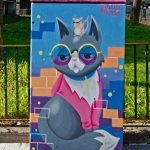
PAINT-A-BOX STREET ART
Located across the street from St Mary’s primary school at St Mary’s Place/Upper Dorset Street.
Juliette Viode is a mural artist and illustrator based in and working in Dublin. Her work is character-focused, bright and cheerful. To date she painted many murals for disadvantaged communities and for children with disabilities. Her approach is to design artwork closely with communities to help re-take pride in their area.
